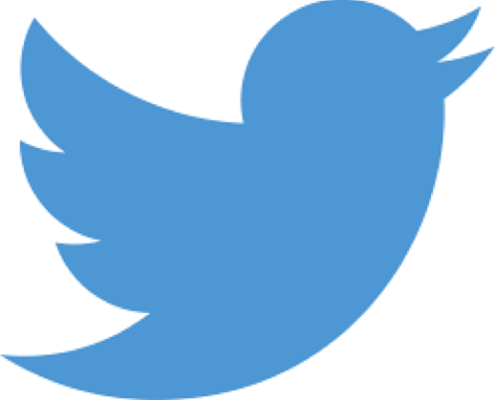Take a picture, edit it with a cool filter, and post it for all your friends to see your retro, high fidelity lifestyle. AdWeek has dubbed this the “Instagram Effect:” the filtered, structured, “Valencia” way of seeing life through Instagram’s oh-so deliberate lens. The impact has not only affected Instagram’s laymen users, it’s also had the same effect on brands.

Brands are starting to realize the benefits of moving away from their more traditional, “perfect” photography for campaigns. Instead, they choose the more candid Instagram platform (however “filtered” it may be), which allows consumers to relate to the not-so-perfect portrayal of their product.
As industry veterans take cues from the contemporary social media landscape and its rampant transparency, they’re realizing that consumers are hyper-conscious of overly staged photography. The days of fake smiles and meticulously posed quasi-families eating cereal covered in Elmer’s Glue “milk” are perhaps over…
One of the many brands hopping on the bandwagon is Taco Bell. Their creative team, as of late, has focused more on realistic moments in time—such as friends eating tacos at the beach together—rather than overproduced, heavily styled food-tography. This tactic has great potential to ignite ethnographic relatability in Instagram-using consumers and, likewise, a touch of lifestyle envy and aspiration.
This sort of authenticity in advertising has become a very big part of the evolution of the new ad and marketing world. And as a social media platform, Instagram has become one of the top sites for major brands looking to capitalize upon this trend, allowing agencies to move away from traditional designs in favor of the very interface(s) their consumers use most.
So what makes an effective marketing photo in today’s Instagram world? Perhaps a simple shot of your food, edited with the Hudson filter, sharpened, brightened, structured and cropped. Just like the normal, consumer Instagram-er. Simple, on-brand, honest, and natural.






